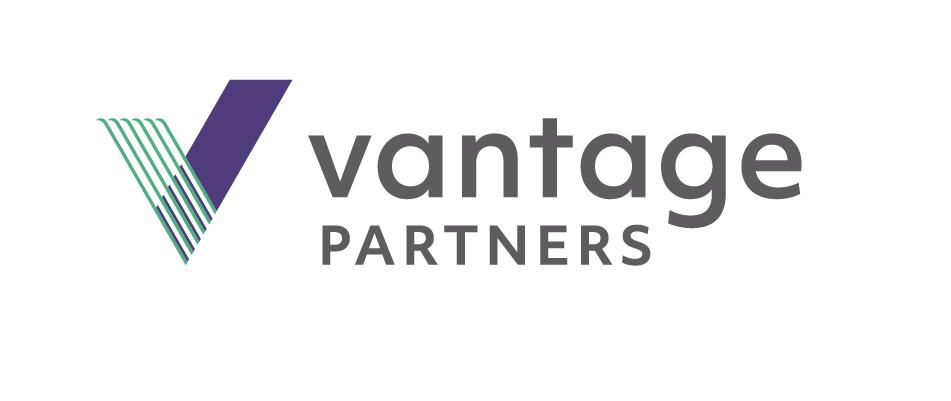
Originally published in 2019 on Mandel Communications blog
Chances are you’ve attended several user conferences during your career. What created the most value for you as an attendee? You might certainly remember some of the more lavishly produced events with luxury amenities. But, if you’re like most people, what stands out is the education gained in individual sessions.
A recent study shows that the overwhelming reason why customers attend user conferences is to learn something. Often, they are hoping their conference experience will help them make key decisions about whether or not to adopt a new product or solution. Sometimes they might upgrade or decide if they’d like to renew. The most important moments for these customers have little to do with the fanfare of the venue and everything to do with the technical experts they’ve come to see.
What if that technical expert is you?
If you’ve been asked to present at a user conference, no doubt you are highly knowledgeable and passionate about your expertise in your area. While you may know your subject matter inside and out, presenting at a conference is not generally something you do every day. Let’s look at five practical tips that you can implement right away for any upcoming speaking event.
Five Ways to Rock Your User Conference Session
1. Walk a mile in your audience’s shoes – One of the most open-ended pieces of advice in communications is to “know your audience.” Everyone says it, but what does it actually mean?Most user conference sessions attract a wide range of audience members, each with different goals and expectations for your session. Depending on your subject matter, you might have a mix of product users who want to hear concrete problem solving, and a handful of potential buyers trying to determine if your solution is right for their organization. Before you start planning your presentation, ask yourself these 3 key questions:- How many persona groups are in your audience?
- What issues is each persona trying to solve?
- What value do you want them to leave with?
While you won’t be able to fully tailor your presentation to every audience type in the room, you can find ways to make it inclusive and keep them all engaged. Focus session content on the needs of the top two or three persona groups, but be prepared for questions from all of them.
2. Open with a killer story – It’s no secret that people respond to storytelling like no other type of communication. Stories connect people on an emotional level and help them remember you, and more importantly, remember your message. Open your business presentation with a story that is relevant, thought-provoking, and maybe even humorous. It’ll help to engage your audience and make them feel that you understand what they are struggling with.Anyone can build a compelling story by remembering the four classic elements of storytelling. I like to use the example of the movie Jaws:
- Character: Think of the main characters – three guys on a boat.
- Setting: Now give your story flavor by adding a setting they can imagine – out in the deep ocean.
- Challenge: This is where things get interesting and maybe even go terribly wrong – Sharks. Enough said.
- Resolution: Describe how you resolved the problem. What lessons did you learn? We’re going to need a bigger boat.
Follow your opening story with your agenda preview, or if you use Mandel’s Thinking and Messaging Tool, SCI-PAB®, briefly outline the why, what, and how of your presentation. That’s also when you can introduce yourself, thank your audience for attending, and then dig into your content.
3. Put your slides on a diet – The extensive use and misuse of presentation slides has been a hot topic of debate recently. With the advent and popularity of TED Talks, some people have been advocating to avoid visuals altogether during every presentation. There’s a time and a place for memorized and stylized talks, but a user conference is generally not one of them. Remember, just because you need slides for your presentation doesn’t mean you need a lot of them. Recent neuroscience studies around data visualization and overall cognitive load of your listeners all point to less is more. For example, many speakers simply read from their slides aloud as their audience reads along. This doesn’t actually create clarity, it hinders it. Instead, start thinking visually and limit words on your slides to sound bites. Focus on the “must know” information and simply leave out the rest.
4. Encourage questions, especially the tough ones – Let’s face it, the question and answer (Q&A) portion of any presentation can be stressful. Some questions can feel downright hostile. Your first reaction could be to act defensively. Unfortunately, those kinds of reactions only make you appear unprepared, or worse, make you seem less credible. So how should you handle a round of tough questions? Anticipate, prepare, and practice – You already know what difficult questions might arise. Decide ahead of time how you’d answer them, and then practice responding out loud.
Pause and respond with empathy; don’t over-explain – Pausing and showing empathy does two things at once. First, it allows you to take a moment to calm yourself and answer thoughtfully. Second, an empathic reply creates space for you to acknowledge and listen to what may be blocking someone from hearing something new.
Don’t let your body language betray you (don’t close up) – There are countless studies on body language and how a closed posture can make you both appear and feel less credible and more defensive. Remember to keep your stance open, your arms relaxed, and your movements fluid, not fidgety.
5. Plan spontaneous moments of planned interaction – It’s always difficult to keep your focus when someone is talking at you for a solid sixty minutes. Break up the content of your material to help keep interest and engagement high. This allows users to interact with you (and each other) in a fresh and memorable way. Try asking your audience questions and mix it up: rhetorical, show of hands, actual responses.
- Encourage them to do something, i.e. “write this down…” or “take a picture of this slide.”
- Invite peer-to-peer engagement “share with a seat mate…” or “brainstorm with a seatmate…”
- And one more thing…Make sure your personality shows up with you – engage with credibly contagious
- conviction. Your audience will feed off your energy and share it back with you. It’s a great feeling.
What’s Next?
Need a hand getting ready for your upcoming session? At Mandel, we have a proven track record helping smart subject matter experts like yourself transform into user conference heroes. It’s an investment that benefits you, your company and your audience. You can see our full set of courses here.
Citations (in order of appearance)
The EXPERIENCE Institute. (2017). The decision to attend study for conventions and exhibitions. Iaee.com. Retrieved from https://www.iaee.com/wp-content/uploads/2017/10/TEI-Decision-to-Attend-2-FULL-REPORT-for-Industry.pdf
Mandel Communications. (2017, August 31). The power of storytelling . YouTube. Retrieved from https://www.youtube.com/watch?v=aUbqH304y-8&feature=youtu.be
Holst, Brad. (October 2019). Should I use the TED talk format for my business presentation? Mandel.com. Retrieved from https://www.mandel.com/blog/should-i-use-the-ted-talk-format-for-my-business-presentation/
Holst, Brad. (September 2019). The science of presenting data visualizations effectively. Mandel.com. Retrieved from https://www.mandel.com/blog/science-of-presenting-data-visualizations-effectively
Holst, Brad. (January 2020). Empathy: The secret ingredient for successful business meetings. Mandel.com. Retrieved from https://www.mandel.com/blog/empathy-for-successful-business-meetings
Cuddy, Amy. (2015). Presence. New York: Little, Brown, and Company.
Authors:

.png?width=512&height=130&name=vantage-logo(2).png)
